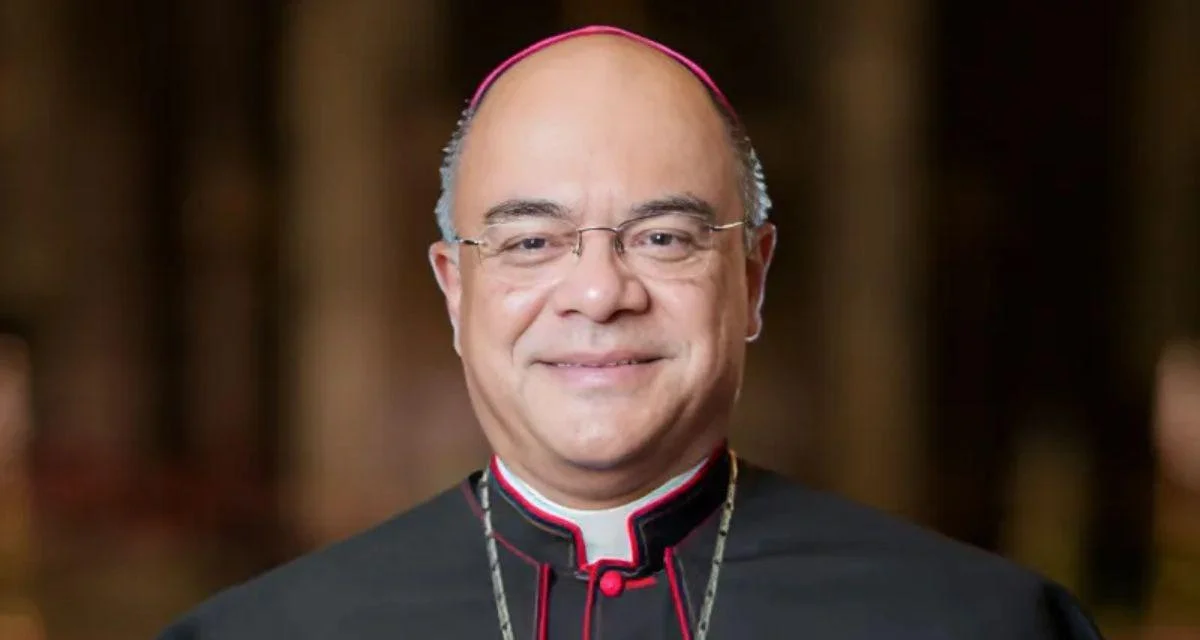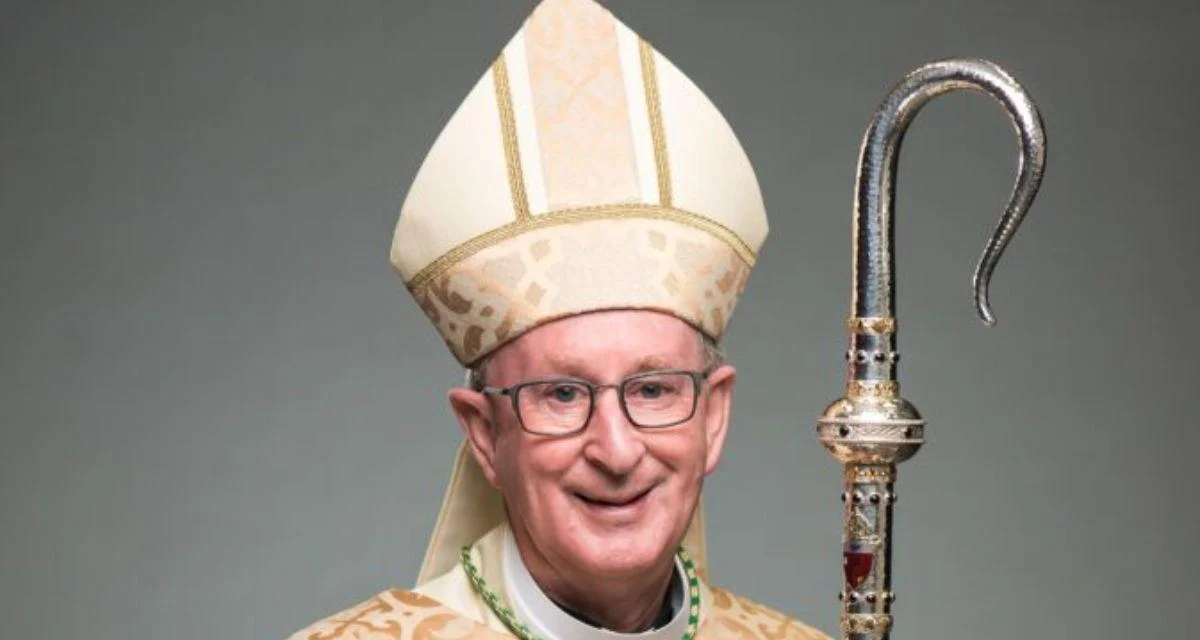
Reverend Joseph E. Kurtz, D.D. Bishop | Archdiocese of Louisville
By OSV News
ALBA DE TORMES, Spain — The silver coffin of St. Teresa of Ávila was opened in Alba de Tormes on August 28, confirming that her body has remained incorrupt since her death in 1592. This event marks the beginning of a study of her relics by Italian doctors and scientists, with the approval of the Vatican.
The last opening of St. Teresa’s coffin occurred in 1914, 110 years ago. The Spanish Diocese of Ávila aims to obtain canonical recognition of the relics from Rome.
According to Father Marco Chiesa, postulator general of the Order of Discalced Carmelites, those present observed that “it is in the same condition as when it was last opened in 1914.” Both openings confirmed that St. Teresa's body has remained incorrupt since her death.
St. Teresa was a Spanish nun and one of the great mystics and religious women of the Catholic Church. She authored spiritual classics and initiated the Carmelite reform, emphasizing contemplative life. In 1970, Pope Paul VI elevated her to doctor of the church, making her the first woman to receive this title.
The process to reach St. Teresa’s silver coffin involved removing a marble slab from her tomb and transferring reliquaries to a designated room for study. Members of the Discalced Carmelites community, along with ecclesiastical tribunal members and a small group of religious individuals, participated in this transfer while singing the Te Deum.
The silver tomb was opened only in the presence of a scientific medical team and members of an ecclesiastical court. Scholars noted its “magnificent” state and praised its “excellent” workmanship. The tomb was donated by King Ferdinand VI and his wife, Barbara of Braganza.
Two goldsmiths assisted with opening operations using ten keys: three kept in Alba de Tormes, three by the Duke of Alba, another three by the father general in Rome, and one by the king of Spain. These keys were used sequentially to open various parts leading to the silver coffin.
Father Chiesa recounted that initial observations revealed difficulties St. Teresa faced walking due to pain she described herself. He mentioned that analysis showed "calcareous thorns" in her foot made walking almost impossible but noted she continued moving forward despite these physical challenges.
Although conclusive results are not yet available, Father Chiesa assured that this new study would yield "interesting facts about Teresa" and provide recommendations for conserving her relics.


 Alerts Sign-up
Alerts Sign-up